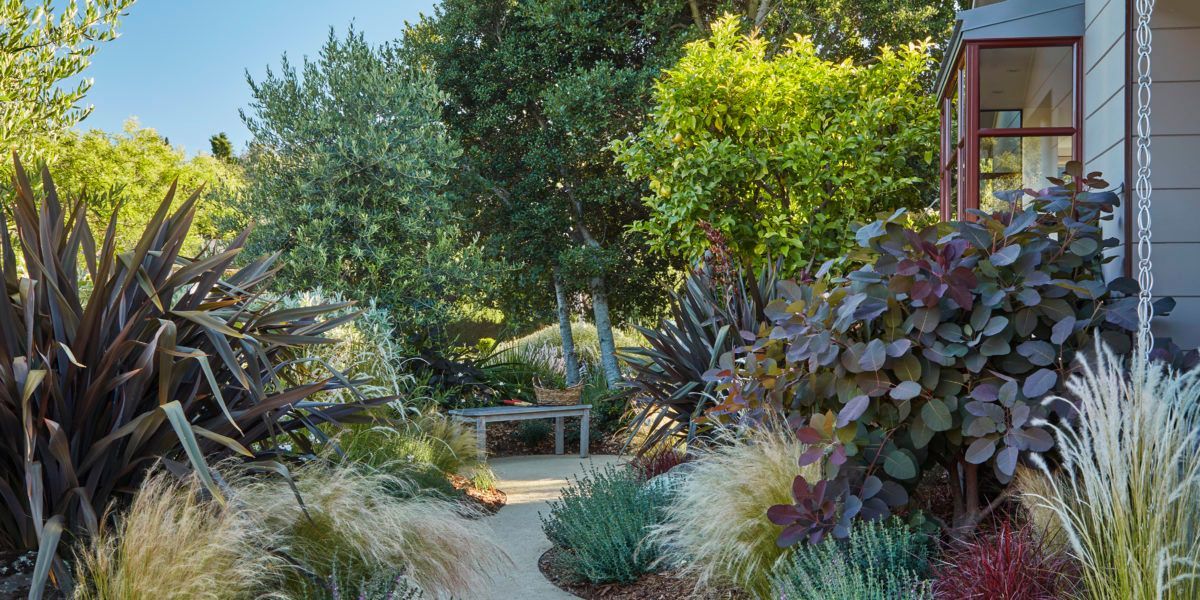
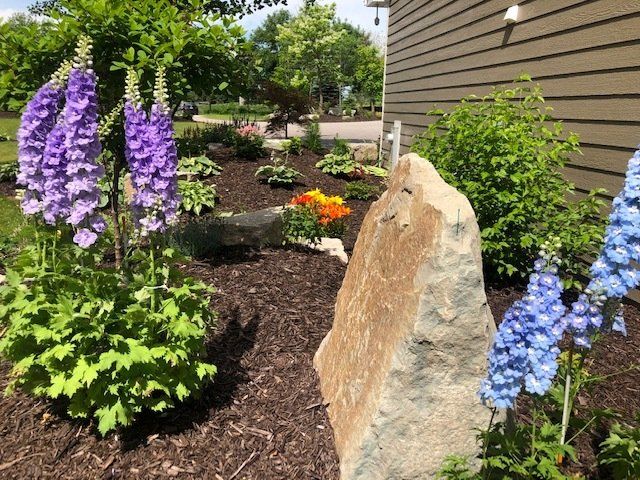
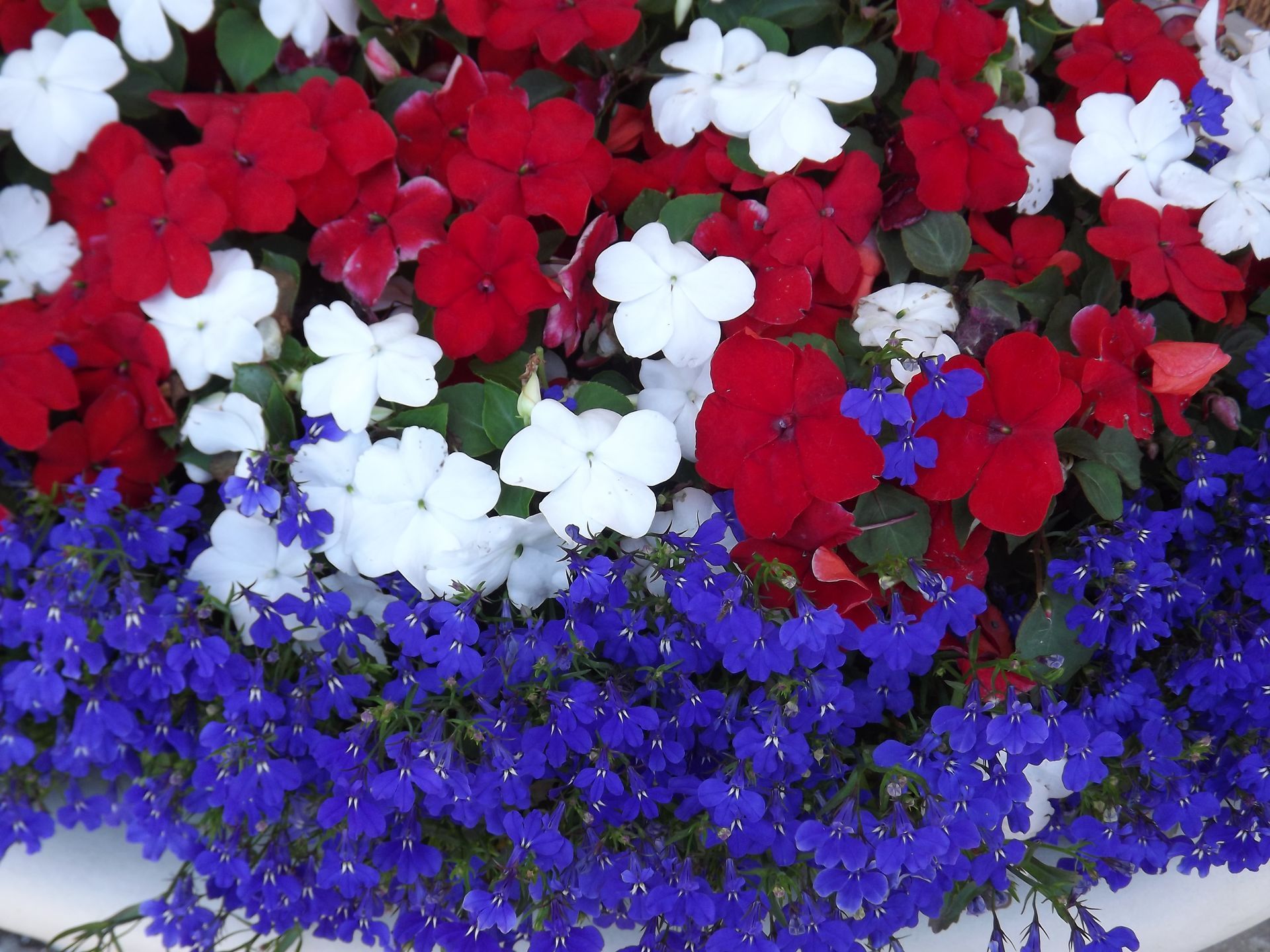
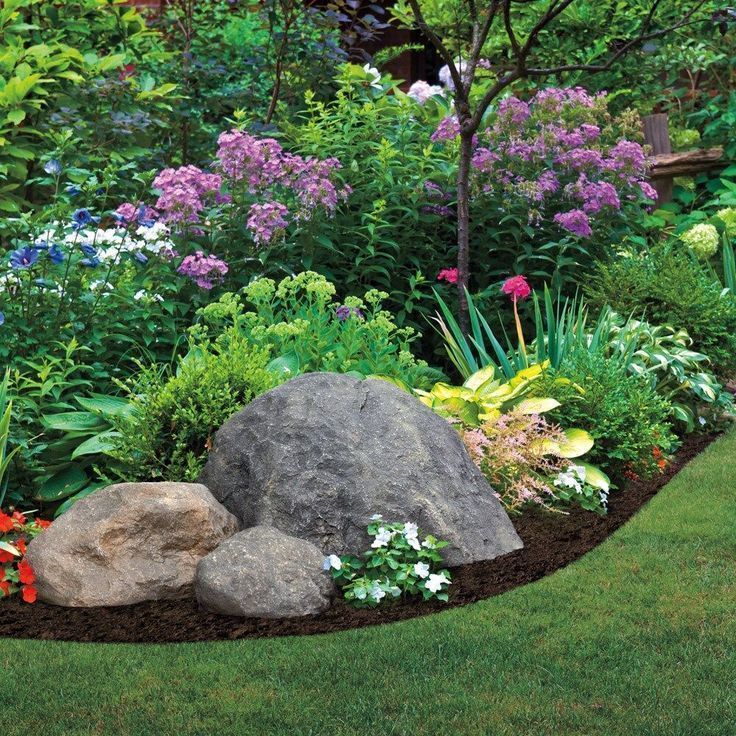
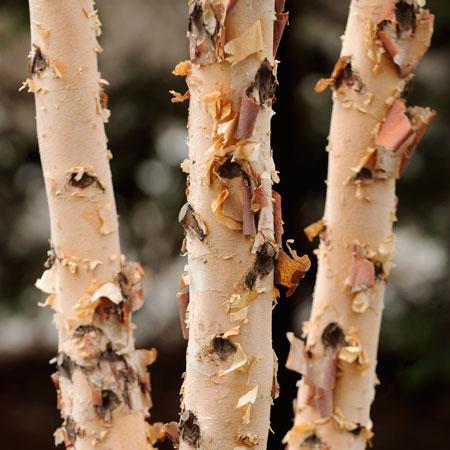
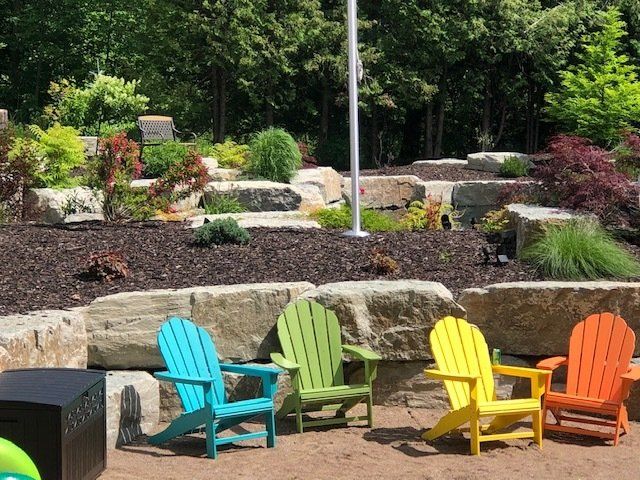
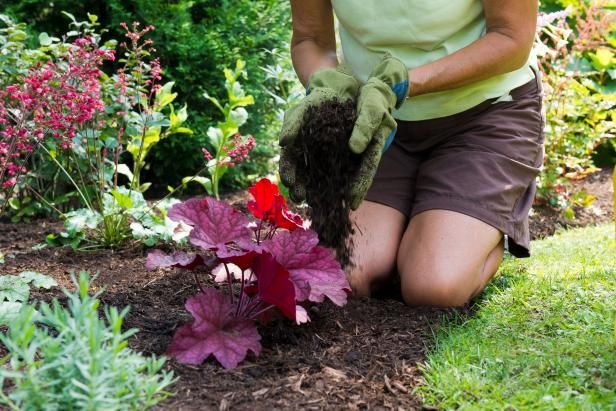
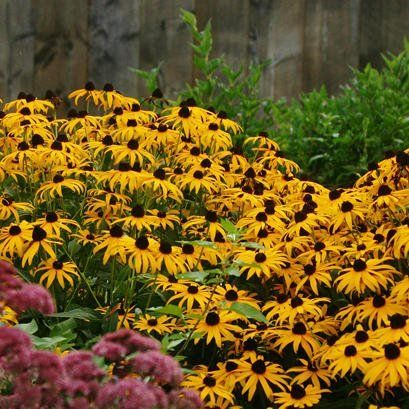
The concept of spending time outdoors on a daily basis is getting more and more popular, and people are paying more attention to the quality of their landscape design ideas and outdoor spaces, whether they’re patios, porches, rooftops, or traditional yards and gardens. The appeal of a well-groomed, curated outdoor space—for a backyard party, a starlight soiree, or any other open-air occasion—is almost universal, but as with anything else, trends come and go.
Landscape design trends may shift more slowly than, say, fashion trends, but they still change over time, especially as interior trends and general lifestyle preferences move in a particular direction. Concrete fountains and glass garden globes aren’t as beloved now as they were a few years ago; if you want your yard to look as current as the rest of your home, keeping up with these landscape design trends can help guide you. Read on for the top landscape design trends of 2020, and take note: One of these ideas could be the concept that transforms your outdoor space this year.
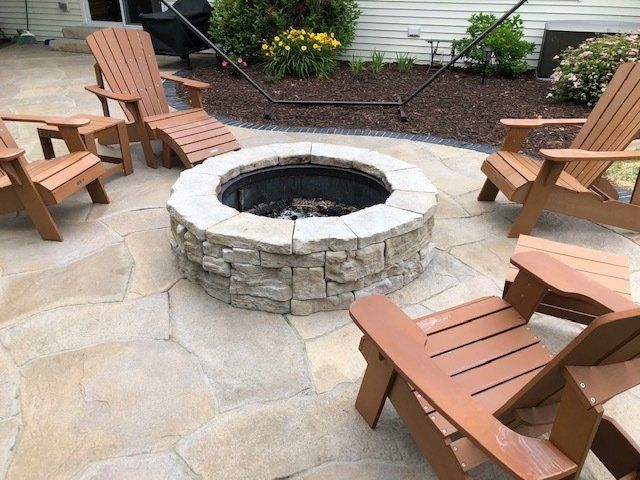
Minimalism has taken the world by storm, and outdoor spaces are adopting the trend, too. According to NALP’s report, people are looking for sleek, contemporary landscape designs that look good and have some useful function, preferably in multiple seasons: Think native plants, heat lamps, and protective structures that allow people to spend more time outdoors year-round.

With predictions for Color of the Year 2020 trending blue, it’s no surprise that outdoor spaces are expected to as well. Expect to see more blue sculptures, water features, and plants in yards near you this year.
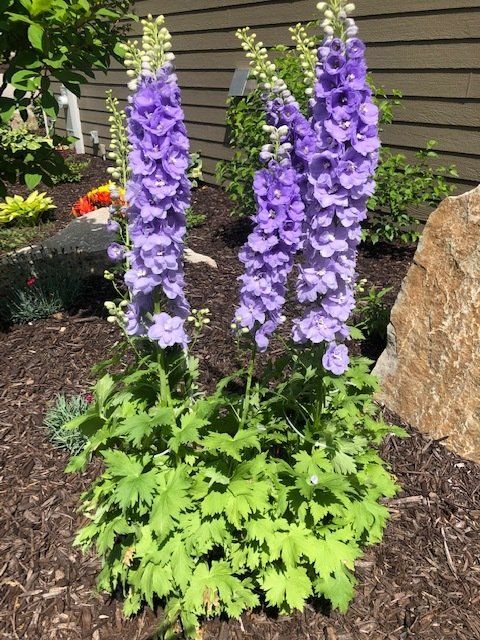
More and more, people are adopting the landscape design ideas that better support their lifestyle preferences, whether creating edible gardens to consume more local, organic foods and reduce carbon footprints, or planting only native greenery to preserve the local ecosystem.
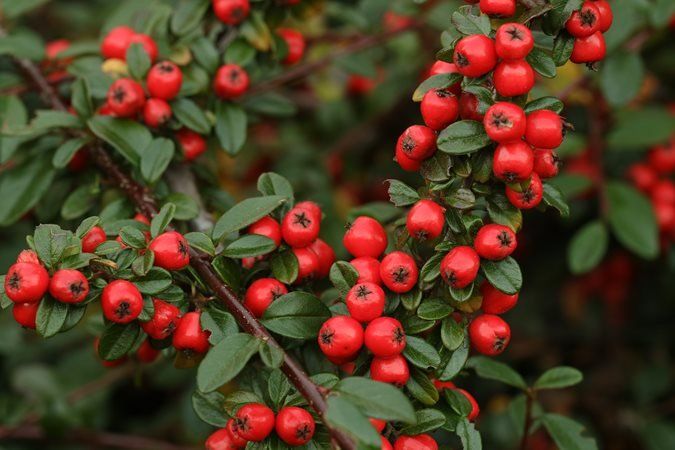
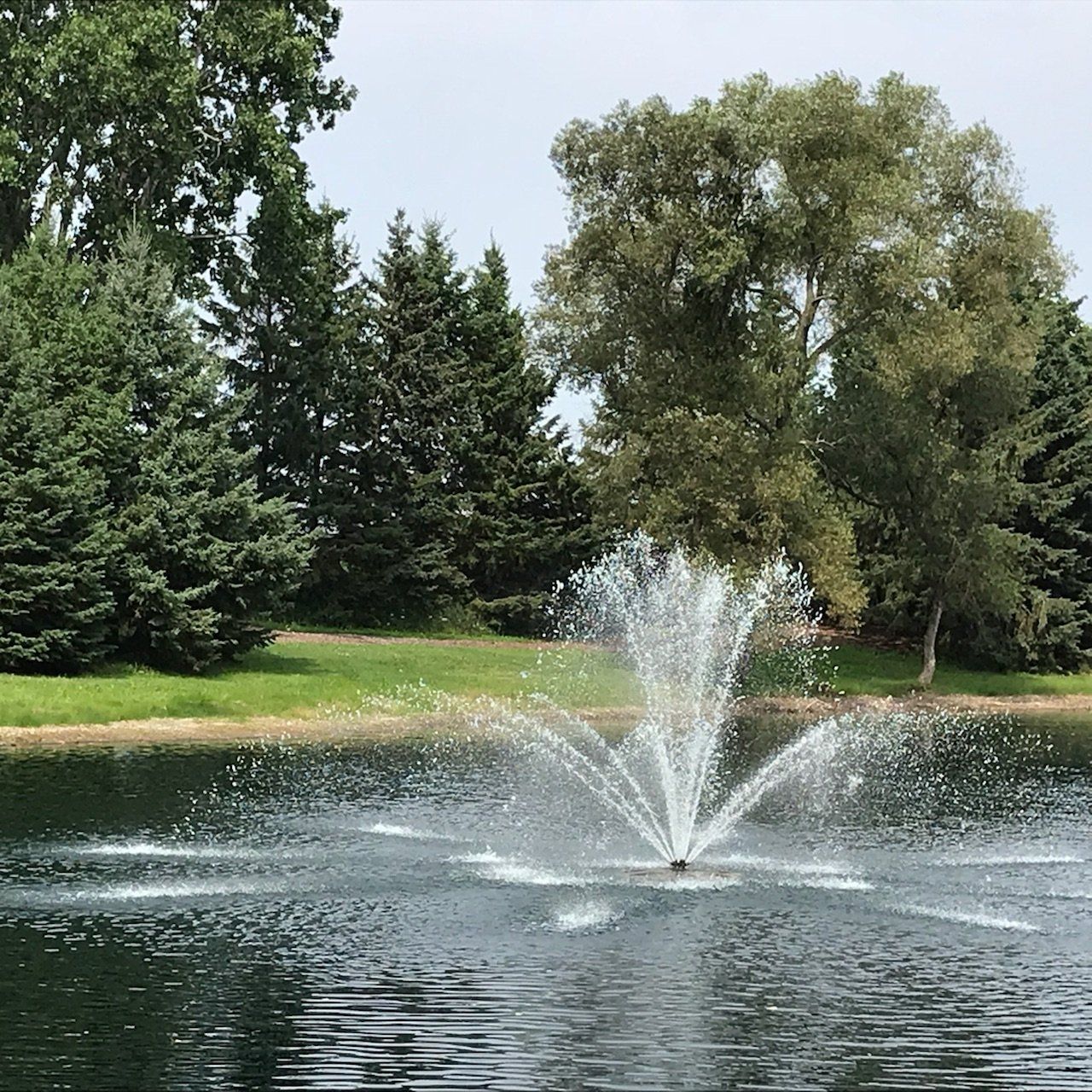
Source: https://www.realsimple.com
Call Us Today to Schedule Your Free Consultation! 920-462-7041






